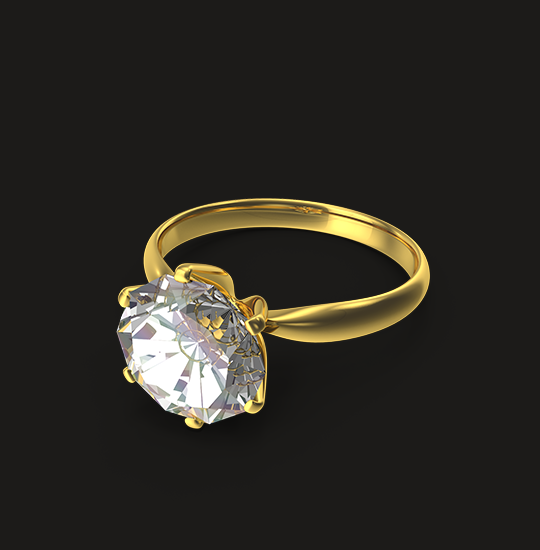Lab-grown diamonds are created in a controlled environment that replicates the conditions under which Earth-grown diamonds form. They have the same chemical composition and physical properties as Earth-grown diamonds.
Yes, lab-grown diamonds are real diamonds. They are composed of carbon atoms arranged in a crystal lattice, just like Earth-grown diamonds. The primary difference is their origin, with Earth-grown diamonds forming deep within the Earth and lab-grown diamonds created in a laboratory.
Lab-grown diamonds are typically produced using two main methods: Chemical Vapor Deposition (CVD) and High Pressure High Temperature (HPHT). CVD diamonds grow by depositing carbon atoms onto a substrate, while HPHT diamonds are created by subjecting a diamond seed to high pressure and temperature.
Lab-grown diamonds can be of very high quality and are virtually indistinguishable from Earth-grown diamonds in terms of appearance and chemical composition. The quality of a lab-grown diamond depends on the manufacturer's techniques and standards.
Lab-grown diamonds are more ethical, environmentally friendly & conflict free, because they don't involve mining, which can have negative social and environmental impacts.
Yes, many lab-grown diamonds can be certified by reputable gemological laboratories, just like Earth-grown diamonds. These certificates provide information about the diamond's quality, including its cut, color, clarity, and carat weight.
Absolutely, lab-grown diamonds are commonly used in engagement rings, necklaces, earrings, and other types of jewelry. They offer a more affordable and ethical option for those who want the beauty of a diamond without the high cost or ethical concerns associated with Earth-grown diamonds.
Caring for lab-grown diamond jewelry is similar to caring for Earth-grown diamond jewelry. Clean it regularly with mild soap and warm water, and store it separately to prevent scratching. Avoid exposing it to harsh chemicals or extreme temperatures.
Karats (K) refer to the purity of gold in jewelry, while carats (Ct) measure the weight of gemstones. Karats denote the ratio of pure gold in the alloy, with 24K being 100% pure gold.
The 4 Cs are cut, color, clarity, and carat weight. They are used to assess the quality and value of a diamond.
To prevent tarnishing, store your jewelry in a cool, dry place, away from sunlight and moisture. Use anti-tarnish bags or cloths, and avoid contact with harsh chemicals.
Different gemstones have various symbolic meanings. For example, sapphires symbolize wisdom, while amethyst is associated with peace and protection.
Necklace length depends on your neck size, style preference, and the neckline of your clothing. Common lengths include 16 inches (choker), 18 inches (standard), and 24 inches (matinee).

